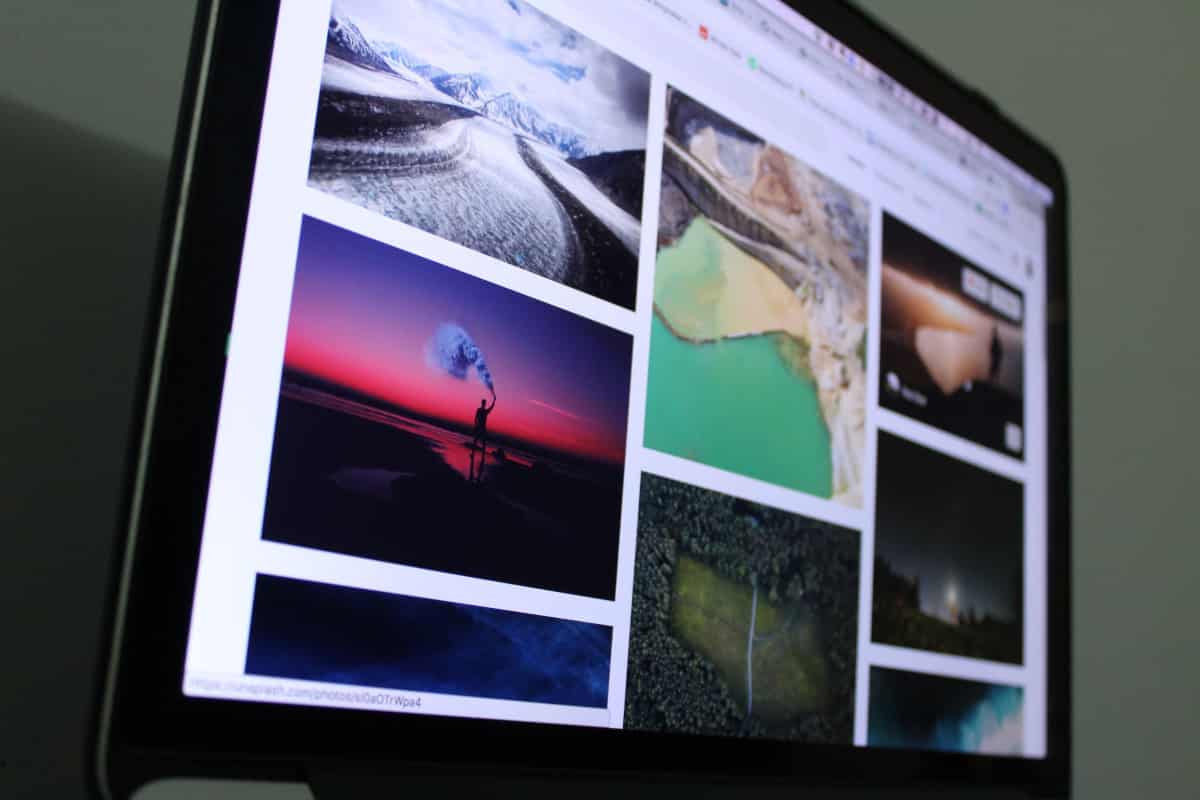The use of stock images seems to be a safe way to avoid copyright infringement. Available on sites such as Getty Images, Pexels and Pixabay for free or by purchasing a licence, you can use them to spice up your website or blog. As opposed to simply taking pictures from Google Images, these sites seem to offer a fair and legitimate way to use online images. However, there are some copyright issues that you should nonetheless watch out for. Here, we’ll discuss the copyright guidelines for using stock images.
Are stock image websites legitimate?
Generally, yes. Most stock image websites work by allowing photographers to earn royalties by uploading their images onto the website, which people can access by paying licence fees to the website. Essentially, every time someone downloads an image from the website, the website takes a portion of their licence fee and the photographer takes the rest. This can vary, from 15% to 50%, depending on the terms of the agreement.
In this way, the photographer consents to the website’s use of their images in return for royalties. As consent is a defence to copyright infringement, these websites are usually legitimate.
However, you should always use reputable websites to access stock images. There may be some websites that have not obtained photos legitimately. If you use photos from these suspicious websites, you may be unknowingly infringing copyright.
What are my legal rights and obligations when using stock images?
In order to use stock images from websites legally, you need to abide by the terms and conditions of the licence that you have purchased. If you don’t, you may be infringing copyright. Here are some factors you should be aware of.
Licence type
The website may offer different licences with different conditions. Two common categories of licences are:
- Royalty-free. This usually means that once you pay for an image, you can use it for an unlimited number of times in any formats (digital, hard copy etc) and in any place. This is on a perpetual basis. This means that your right to use the image does not expire after a certain period.
- Rights-managed. This means that there are certain restrictions placed on the use of an image you purchased. These include the time period, format and purposes for which you use the image.
Exclusivity
If you want to use a stock image to make a unique work, you should be aware of your licence’s terms about exclusivity. Specifically, your licence can give you exclusive or non-exclusive rights over the stock image.
- Non-Exclusive: this means that other people will be able to buy and use the exact same content that you bought.
- Exclusive: this means that only you will have the rights to use that content and no one else.
For example, if you don’t want a featured photo on your business’s website to be displayed on your competitor’s website, you may consider obtaining exclusive rights over the image.
Other terms
Your licence may entail other conditions, including:
- Requirement that you attribute the author. Some licences may require you to credit the creator of the photograph. For example, Getty Images has this condition: “you do not need to include a photo credit for commercial use, but if you are using content for editorial purposes, you must include a credit adjacent to the content or in production credits”.
- Account sharing prohibited. For example, Stencil’s Terms of Service state: “Each purchase of a paid Stencil account is licenced for use by one user only… sharing accounts with other individuals or organizations is strictly prohibited.”
- Restrictions on how you use the content. Some licenses may place restrictions on what you can do with the content. For example, the Pexels’ ‘Pexels Licence’ prohibits “the right to sell copies of the Pexels Content without first updating, modifying, or otherwise incorporating new creative elements into the Content”. Pexels Licence also prohibits “the right to compile any Pexels Content to replicate a similar or competing Service.”
- Restrictions on how the content is portrayed. For example, Pexels Licence also prohibits the use of its content in a way that may be defamatory or illegal (such as to create pornographic content).
Some websites may allow you to access images for free. In this case, make sure you also abide by the terms of conditions of the use of these free images. Usually, the website deems that you consent to these terms and conditions when you make an account or download an image from the website.
Conclusion
Using stock images from a reputable website is a safe and legitimate way to use online images. But make sure that you read and abide by the terms and conditions of the licence. If you don’t, you may be infringing copyright.






